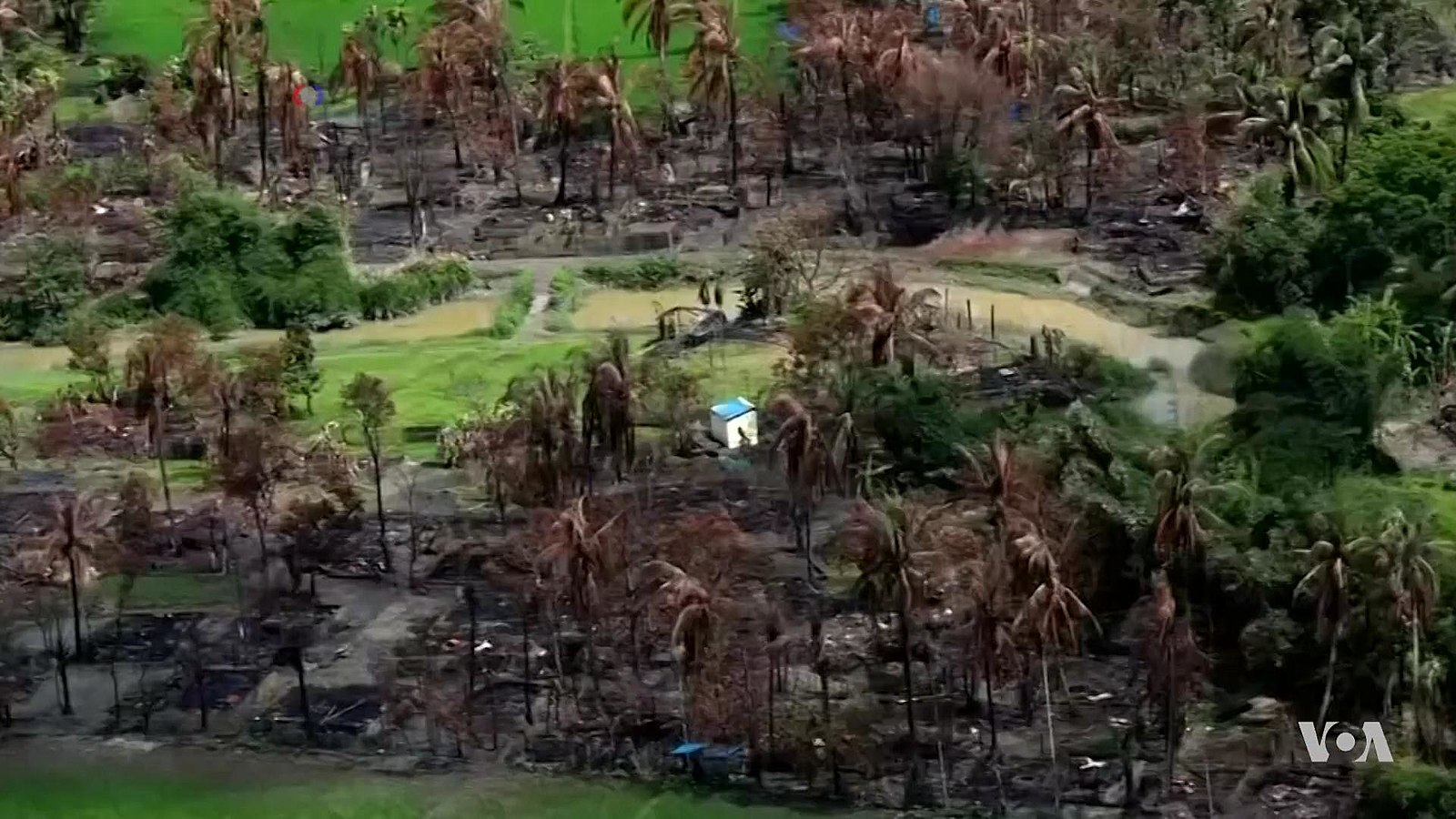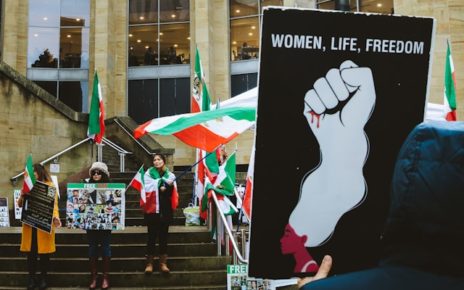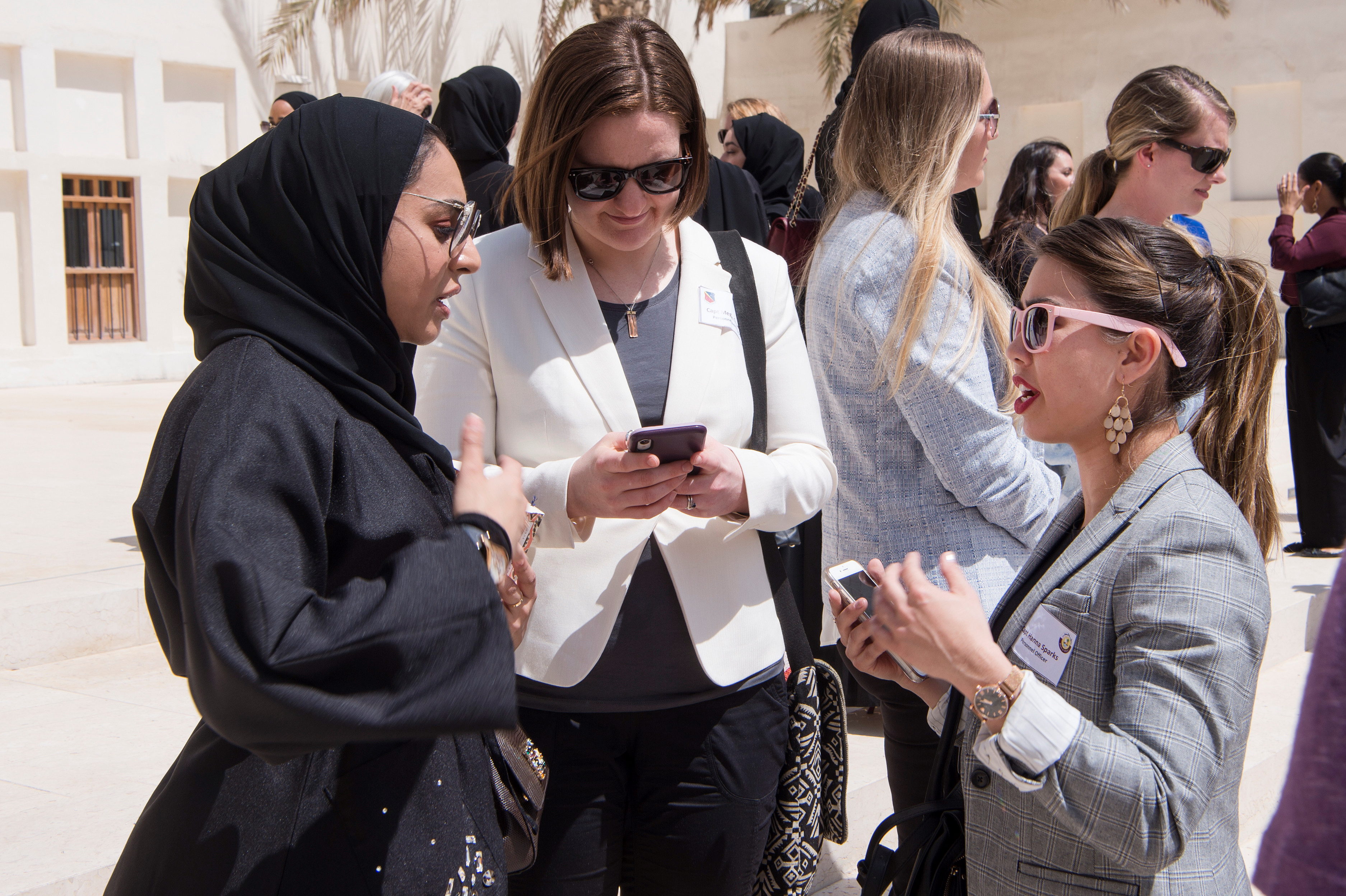Recent years have seen the wide expansion of the use of sexual violence as a technique of war and oppression of minorities. Myanmar is perhaps the most concerning example, if only because the violence appears to be mainly perpetrated, by the state itself against the predominantly Muslim Rohingya minority. This minority has been the victim of systematic and deliberate violence, particularly sexual violence, designed for the sole purpose of forcing them to flee. Stories out of the region have been horrifying, including gang rape, sexual humiliation, and murder. Moreover, in a 2017 UN report, interviewers found that the majority of their female interviewees had suffered sexual violence. Even if this 50% ratio does not hold, it indicates the likelihood that a large portion of the female population has faced this form of violence. This is especially concerning as the UN estimates nearly 750,000 Rohingya have fled Myanmar, and the vast majority of this population is made up of women and children.
Myanmar, the United Nations and the Rome Statute
In order to understand the Myanmar conflict, it is important to place it in the wider context of international initiatives to end conflict related sexual violence (CRSV). CRSV has been an issue at the core of international institutions dating back to the Rome Statute in 1998. This statute, tied to the creation of the International Criminal Court (ICC), was the international community’s attempt to not only define CRSV as war crime and crime against humanity, but also make it traceable and prosecutable. The Statute makes a point to include “sexual slavery, enforced prostitution, forced pregnancy, enforced sterilization…” in the definition of CRSV, making it one of the most expansive definitions to date.
However, the tying of the Rome Statute to the ICC had a number of unanticipated consequences as it meant that only states that had signed on to the ICC were able to be investigated by the court. This weakness came into the public sphere with the recent decision by the court to open an investigation into the Myanmar crisis. Due to the fact that Myanmar was not party to the ICC, the actions in Myanmar itself were outside the court’s jurisdiction until they crossed over the border into Bangladesh. Had the violence not crossed the border, the ICC would have been unable to investigate or hold anyone responsible for the violence.
While the Rome Statute is the most prevalent example of the UN addressing CRSV, the UN has implemented a number of security council resolutions (UNSCRs) addressing this issue as well. These include UNSCR 1325 and UNSCR 1830 which emphasize that gendered concerns and perspectives must be taken into account in all UN missions. In particular, the resolutions note that the missions must make a concerted effort to protect women and children from gendered and sexual violence. The resolutions also included the creation of a Taskforce on Women, Peace and Security and the creation of a special advisor on the issue.
While the UN has done amazing work to address the issue of CRSV, the past couple of years have also illuminated some weaknesses within the UN structure. In 2019, the security council sought to once again show their support for ending this form of violence. However, the resolution was eventually altered to exclude mentions of reproductive choice and health and weaken the ability of the UN to monitor CRSV. These changes can largely be explained by the change in the American administration to the more conservative ‘pro-life’ government of President Trump which has also challenged international institutions on the grounds that they weaken state sovereignty. This demonstrates that the strength and nature of UN resolutions can be changed as a result of changes in government and differing political priorities.
NATO: Education and Perspective
NATO has largely followed the UN in their manner of addressing gendered violence. Their guidelines surrounding CRSV has expanded on UN principals and incorporating a gendered perspective and lens in all of their missions and mandate CRSV reporting to both NATO High Command and the UN. However, one of the areas in which NATO has differed from the UN is in requiring education of NATO forces on CRSV and gendered perspectives. This educational and training initiative is left to the independent member states, allowing for differences in training, experience and understanding of the issue.
NATO also differs from the UN in how they choose to define CRSV. While the UN chose to go into specific examples, NATO instead defined it in very broad terms. This allows NATO to have a wider interpretation of what constitutes CRSV, but is so vague that arguments can be made about whether something actually falls under this designation.
What is CRSV and why we should care: Tales from Myanmar
Despite the definitions of CRSV focusing predominantly on the technical application and personal effects, this violence is often the part of a wider military tactic in a region. It is not about sex, but rather about dehumanizing and humiliating a particular subsect of the population. More often than not, this is a racial or religious minority within a country or region and it can be tied to some form coercive displacement. This then perpetuates the problem, as refugees are particularly susceptible to suffering CRSV.
In the case of Myanmar, it is purported that the state has purposely used sexual violence as a way of terrorizing the Rohingya and forcing them off their land. For example, a 2019 UN report on CRSV found that widespread and systematic sexual violence being used against the Rohingya population, including “rape, gang rape by multiple government soldiers, forced public nudity and humiliation, and sexual slavery in military captivity.”
In 2018, the United Nations attempted to address CRSV in Myanmar by creating the Independent Investigative Mechanism for the region. This body was authorized to find, store and protect information around Myanmar’s use of sexual violence. The UN also sent a communique to the government which, under UN resolutions, requires the government and military of Myanmar to communicate that CRSV is illegal and must be investigated. However, these actions can widely be seen as passive. The UN is a body that respects state sovereignty and cannot force changes to take place. Instead, it publicizes the issue, lobbies state governments, and seeks to preserve information regarding the situation.
While great strides have been made in combatting CRSV, there is much that still needs to be done and many challenges still ahead. While NATO and the UN have sought to combat CRSV, the very nature of these institutions means that they cannot solve it alone. In order to truly address the issue all countries, regardless of their treaty commitments, must be held to the same standards and have a common understanding of what constitutes CRSV. No one country should be able to change the definition or weaken oversight. Instead, the world must finally come together and make a clear statement that rape and other forms of sexual violence should never be a tool of war.
Photo: Picture of burned Rohingya Village in Myanmar (2017), by Zlatica Hoke via wikimedia commons.
Disclaimer: Any views or opinions expressed in articles are solely those of the authors and do not necessarily represent the views of the NATO Association of Canada.



